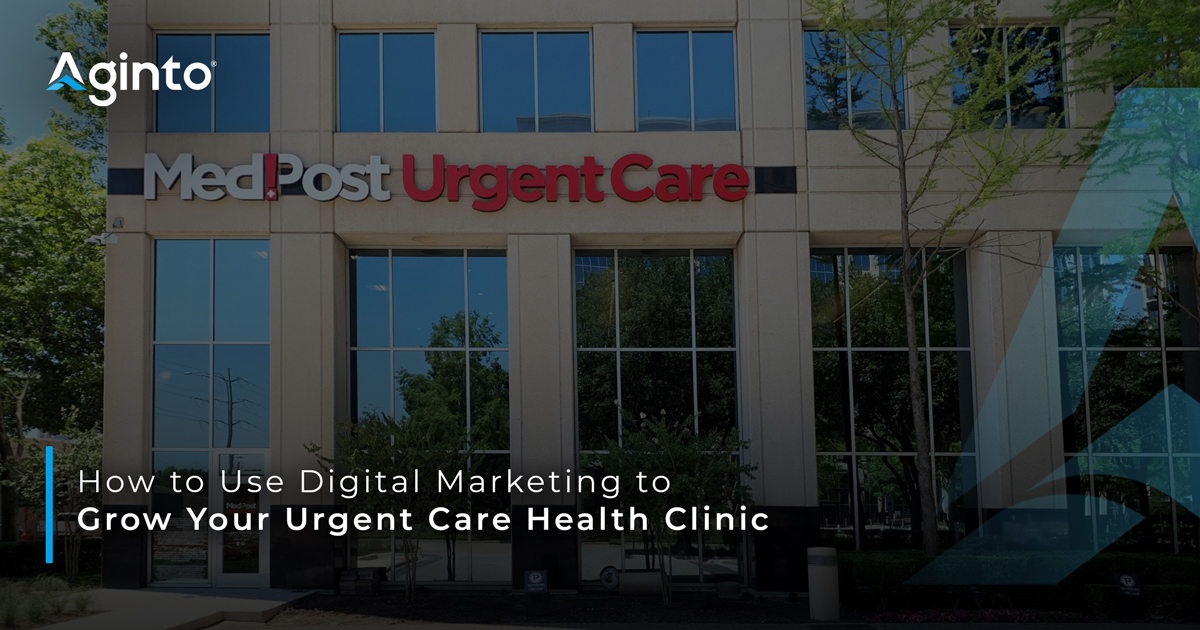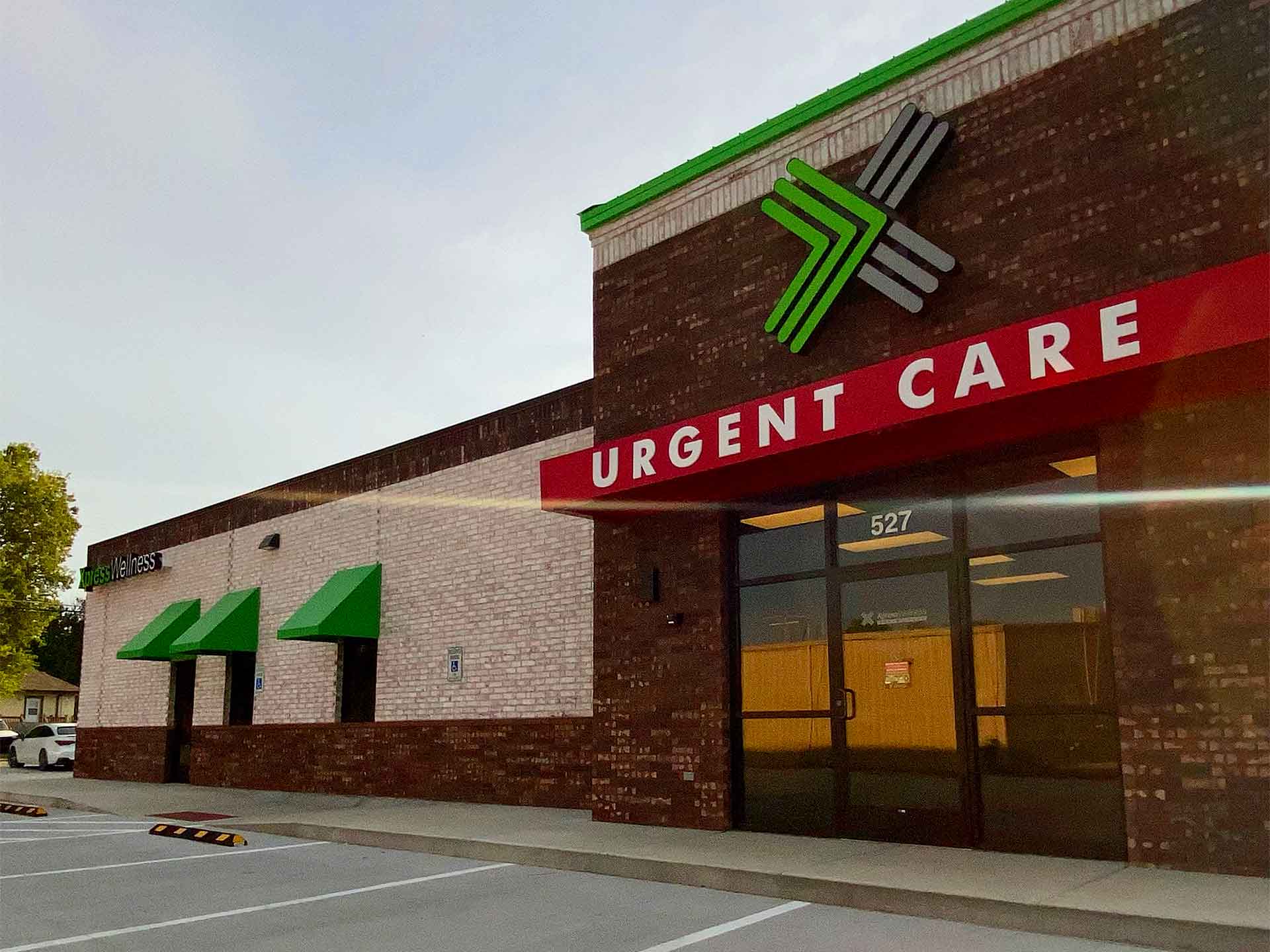Exactly How Urgent Care Clinics Enhance Accessibility to Health Care for Clients With Immediate but Non-Emergent Medical Needs
Immediate care centers have actually arised as a vital part in the health care landscape, dealing with the needs of people who require instant focus for non-emergent problems. By operating beyond standard office hours and offering a structured technique to minor injuries and ailments, these facilities not just lower the problem on emergency departments yet additionally boost general client accessibility to prompt care. As we consider the effects of this model, it comes to be vital to check out just how urgent treatment facilities are changing patient experiences and results in means that warrant additional expedition.
Function of Urgent Treatment Clinics
Urgent treatment centers play a vital duty in the medical care system by supplying prompt and easily accessible clinical services for non-life-threatening problems. These centers act as a necessary bridge in between medical care companies and emergency situation departments, properly minimizing the burden on health centers while guaranteeing individuals get timely treatment. By running prolonged hours, consisting of weekends and evenings, immediate treatment facilities accommodate people who might not have the versatility to see a conventional doctor's office during typical service hours.
The spectrum of solutions supplied at urgent treatment clinics consists of treatment for small injuries, health problems, and analysis solutions such as X-rays and research laboratory tests. This breadth of treatment enables patients to address a variety of health and wellness problems without the lengthy delay times typically related to emergency clinic. Immediate care clinics often employ a varied team of healthcare professionals, consisting of medical professionals, nurse specialists, and physician assistants, that are outfitted to take care of different clinical situations.
Advantages of Immediate Access

Furthermore, instant access minimizes the concern on health care suppliers and emergency situation departments by diverting much less essential instances to proper setups. This minimizes congestion in emergency areas, enabling those with true emergencies to get the immediate care they require without unnecessary delays.
Additionally, the benefit of extensive hours and walk-in availability means that clients can seek treatment without the demand for consultations, which is especially beneficial for people with uncertain timetables or those who might experience abrupt wellness problems. - Urgent Care
The ease of access of immediate care facilities fosters an aggressive method to wellness, encouraging patients to look for medical advice and therapy sooner as opposed to later on. This not only enhances patient fulfillment yet likewise advertises a society of preventive care, ultimately leading to healthier communities.
Comparison With Emergency Clinic
Frequently, people discover themselves not sure whether to visit an urgent treatment clinic or an emergency room when faced with a medical issue. Immediate care facilities are created to resolve immediate but non-emergent clinical problems, such as small injuries, infections, or diseases.
On the other hand, emergency spaces are equipped to manage life-threatening scenarios and extreme clinical emergency situations, such as heart attacks, strokes, or major injury. These facilities offer innovative analysis tools and expert consultations, which can result in longer wait times for individuals with less important issues. Usually, emergency clinic tend to be extra costly than urgent treatment clinics, making immediate treatment an extra economical choice for non-emergent demands.
Ultimately, while both urgent treatment facilities and emergency clinic play important functions in the health care system, recognizing their respective features allows patients to pick the appropriate setup based on the necessity and nature of their medical problems.
Providers Used by Urgent Care
Urgent treatment clinics give a vast variety of services customized to attend to non-emergent clinical demands, making them a convenient choice i was reading this for clients looking for punctual attention. These centers are equipped to manage numerous problems, including minor cracks, sprains, and lacerations, which require immediate treatment but do not necessitate emergency clinic intervention.
In addition, urgent treatment facilities provide analysis solutions such as X-rays and laboratory tests, allowing for quicker evaluation and treatment of ailments. Clients usually present with common conditions like colds, flu, and infections, which can be effectively managed on-site. Immediate care More Bonuses facilities regularly supply preventive services, including vaccinations and health testings, adding to general public health.
An additional vital service offered is the administration of chronic conditions intensified by acute signs and symptoms, such as asthma or diabetic issues, ensuring people get prompt care without overwhelming emergency services. Lots of clinics also extend their hours beyond typical workplace timetables, boosting availability for individuals that may require treatment during evenings or weekends.
Improving Client Outcomes

Urgent care clinics are geared up to manage a range of non-emergent clinical issues, including minor injuries, infections, and health problems. Their focus on easily accessible, high-quality treatment permits people to receive appropriate therapies and preventative solutions, fostering far better wellness monitoring. These centers often use a multidisciplinary method, integrating numerous medical care professionals to make certain comprehensive treatment.
Person education is likewise a key component of improving results. Urgent care service providers frequently use assistance on follow-up care, preventative measures, and continue reading this way of life modifications, encouraging patients to take an energetic role in their health. The combination of instant accessibility, specialist care, and patient education and learning not only enhances complete satisfaction yet additionally leads to improved long-lasting health end results, strengthening the worth of immediate treatment clinics in the healthcare continuum.
Conclusion
In summary, urgent treatment facilities offer a vital role in boosting medical care access for clients with prompt, non-emergent clinical needs. By providing prompt services outside standard workplace hours and reducing delay times, these clinics effectively alleviate pressure on emergency spaces. The variety of solutions used adds to enhanced person outcomes, advertising positive wellness monitoring. Inevitably, immediate care facilities are important in bridging the gap in between health care and emergency services, making sure available and efficient health care for areas.
On average, emergency situation rooms often tend to be much more pricey than urgent treatment clinics, making immediate care a more cost-efficient choice for non-emergent demands. (Urgent Care)

Eventually, urgent care facilities are crucial in bridging the space in between main treatment and emergency solutions, making sure available and effective healthcare for neighborhoods.